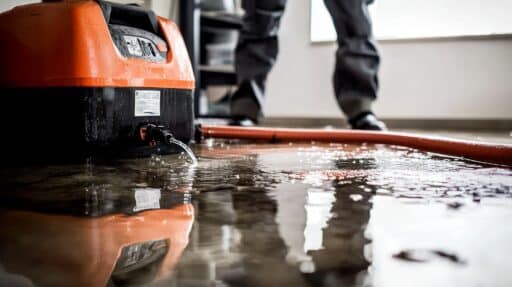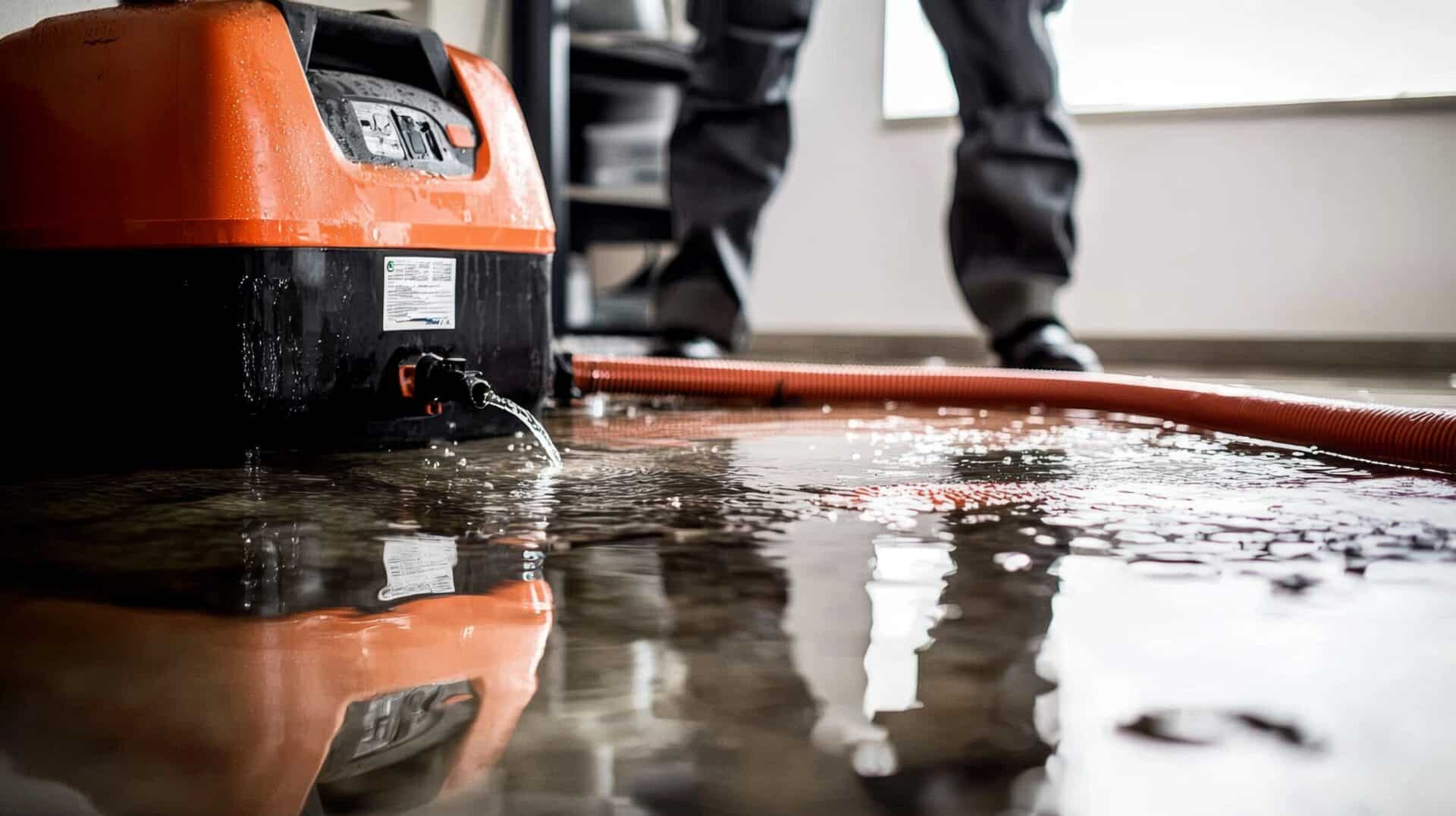Water damage can turn your home upside down in a matter of minutes. A burst pipe, heavy rain, or overflowing appliance can leave water soaking into walls, floors, and furniture before you even have time to react. Once that happens, every minute counts. The faster you act, the better your chances of saving your home and your belongings will be. Understanding the water damage restoration process helps you know what to expect and how to handle the situation calmly and effectively.
Assessing the Damage
The first step in the process is determining the extent of the damage. A thorough inspection helps identify the source of the water and its extent of spread. Professionals use tools that detect moisture levels beneath floors, within walls, and in other concealed areas. This part of the job sets the direction for everything that follows.
After inspection, you’ll receive a plan that outlines what needs to be dried, cleaned, or replaced. It also gives you an idea of the timeline and cost. This stage is often referred to as a water damage assessment, which helps you prepare for the next steps and understand how long the recovery process might take.
If you’ve been looking for water damage restoration USA professionals you can trust, start by choosing a company that responds quickly, offers clear estimates, and explains their process in detail. Ask if they provide 24/7 service, handle insurance coordination, and have certified technicians who specialize in identifying hidden water and preventing future issues.
Water Removal
After inspection, the next step is removing all standing water. This part is critical. The longer the water sits, the more it seeps into floors, drywall, and furniture. Restoration crews use high-powered pumps and vacuums to remove water quickly and efficiently.
Once the visible water is gone, they’ll check again to make sure nothing is left behind. Even small traces of moisture can increase the risk of mold growth or structural damage. Every corner needs attention before drying begins to avoid further complications.
It’s tempting to think the worst is over once the water is gone, but this stage is only the start. Proper removal sets the stage for successful drying and water damage repair, helping you avoid more costly fixes later.
Drying and Dehumidifying
After extraction, the space still holds moisture you can’t see. That’s why drying is such an important step. Industrial fans and dehumidifiers run continuously to remove water trapped in materials and the air. The process may take several days, depending on the extent of the water intrusion and the specific environmental conditions.
Technicians monitor progress closely using moisture meters to ensure even drying. It’s a careful process that prevents wood from warping and walls from cracking. Rushing this stage can lead to future repairs that are more expensive and time-consuming.
By the time drying is complete, the air will feel fresh again. Surfaces return to normal, and your home becomes safe for cleaning and repair. It’s the turning point where your space starts feeling livable again and your level of moisture finally returns to normal.
Cleaning and Sanitizing
Cleaning is more than wiping down surfaces. Depending on the type of water involved, your home could be exposed to bacteria, dirt, and unpleasant odors. Restoration specialists disinfect and sanitize everything to make your home safe and comfortable once again.
Furniture, carpets, and personal belongings are handled with care. Some can be deep cleaned and restored, while others may need to be replaced if they’re too contaminated or damaged. Each item is evaluated to see what’s worth saving.
Professionals may also inspect for signs of water damage, such as stains or mildew on surfaces. In some cases, mold remediation may be needed to completely remove spores and prevent regrowth. By the end of this stage, your home feels refreshed and ready for the final step.
Repairs and Restoration
The final stage focuses on rebuilding. Depending on the level of damage, this can include patching drywall, repainting walls, replacing flooring, or more extensive reconstruction. This step transforms your home from damaged to restored.
Attention to detail matters here. Skilled water damage restoration professionals work to match finishes and materials so the repairs blend naturally. The goal isn’t only to fix what’s broken, but to restore the space to its original condition.
When the repairs are complete, your home is once again solid, comfortable, and safe. Seeing everything back in place gives you peace of mind and restores a sense of home comfort after what’s often a stressful experience.
In Conclusion
Water damage can occur when you least expect it, often from simple water damage causes like burst pipes or heavy storms. But knowing what comes next helps you stay calm and take the right steps. The restoration process—inspection, removal, drying, cleaning, and repair—ensures that your home is fully restored and safe for you to live in. Acting quickly and choosing the right experts can make all the difference.








